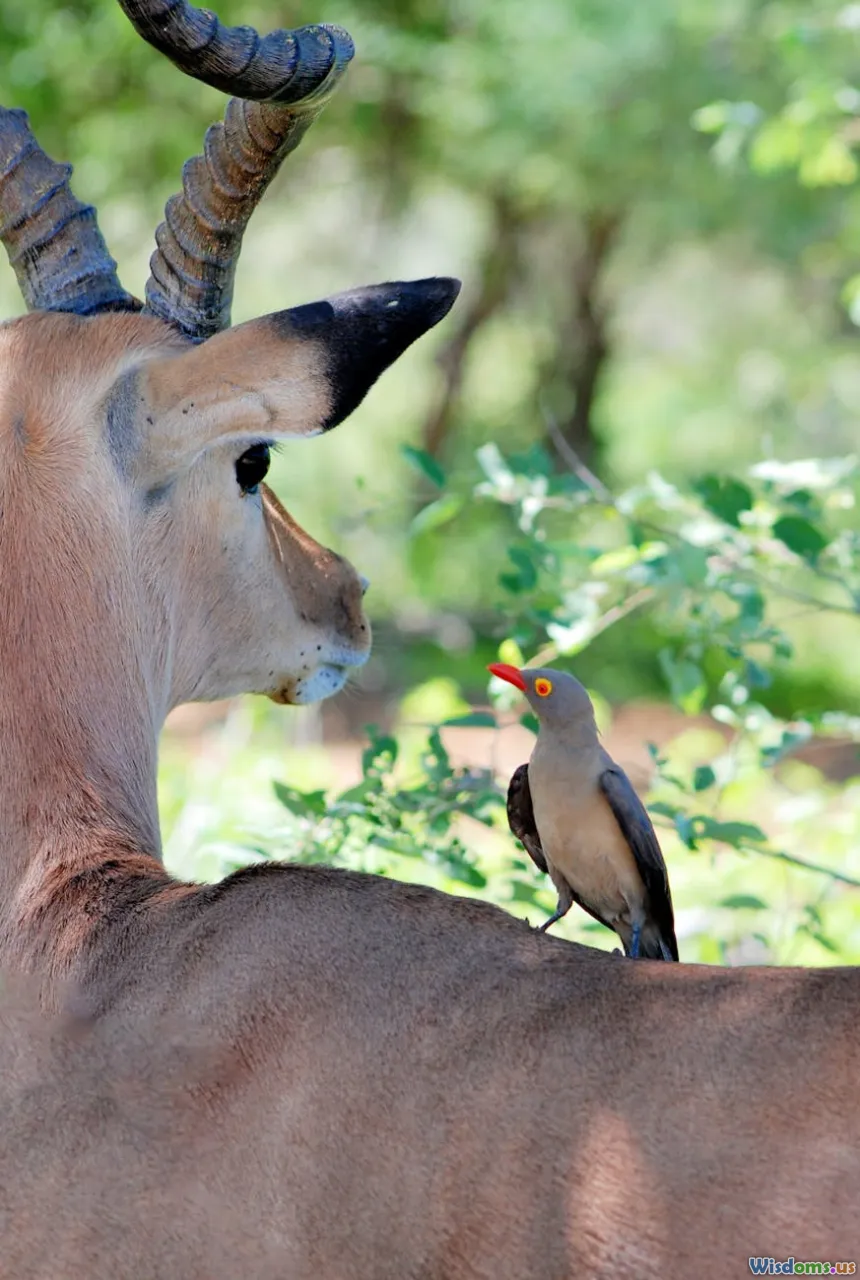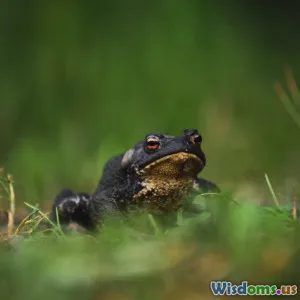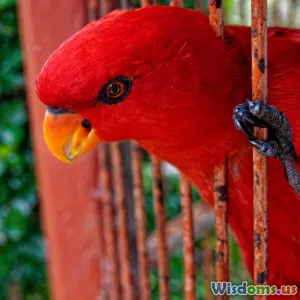
Understanding Symbiosis in the Animal Kingdom
6 min read Explore the fascinating relationships of symbiosis among animals and their impact on ecosystems. (0 Reviews)
Understanding Symbiosis in the Animal Kingdom
Symbiosis is a compelling biological phenomenon that illustrates the interconnectedness of life within the animal kingdom. Defined as a close and long-term biological interaction between two different biological species, symbiosis showcases how animals can coexist, collaborate, and sometimes compete within their ecosystems. In this article, we will explore the various types of symbiotic relationships, provide examples, and discuss their ecological significance.
Types of Symbiosis
Symbiosis can be categorized into three primary types: mutualism, commensalism, and parasitism. Each of these relationships demonstrates a unique way species interact with one another.
1. Mutualism
In mutualism, both species involved benefit from the interaction. This type of symbiotic relationship is often essential for the survival and well-being of the species involved.
Example: The Clownfish and Sea Anemone
A classic example of mutualism is the relationship between clownfish and sea anemones. The clownfish receives protection from predators by living among the anemone’s stinging tentacles, which are deadly to other fish. In return, the clownfish helps to keep the anemone clean by removing debris and providing nutrients through its waste. This mutually beneficial relationship enhances the survival rates of both species.
2. Commensalism
In commensalism, one species benefits while the other is neither helped nor harmed. This relationship is often less obvious, yet it plays an important role in the ecosystem.
Example: Barnacles on Whales
Barnacles attach themselves to the skin of whales, benefiting from the mobility of their host. As the whale swims, the barnacles gain access to nutrient-rich waters, allowing them to filter feed. The whale, however, is largely unaffected by their presence. This example illustrates how one species can thrive without significantly impacting another.
3. Parasitism
Parasitism is characterized by one species benefiting at the expense of the other. This relationship can have significant negative effects on the host species.
Example: Ticks on Mammals
Ticks are a well-known example of parasitism. They attach themselves to mammals, feeding on their blood. While the ticks benefit from this relationship, the host can experience health issues, including blood loss, disease transmission, and infection. This interaction highlights the darker side of symbiosis and its potential consequences for the host.
The Ecological Significance of Symbiosis
Symbiotic relationships play vital roles in maintaining the balance of ecosystems. Here are a few key points highlighting their significance:
-
Biodiversity: Symbiosis contributes to biodiversity by fostering diverse interactions among species. This variety can enhance ecosystem resilience, allowing it to withstand changes and disturbances.
-
Nutrient Cycling: Many symbiotic relationships facilitate nutrient cycling in ecosystems. For instance, certain fungi form mycorrhizal associations with plant roots, enhancing nutrient uptake for the plants while receiving carbohydrates in return.
-
Pollination: Many plants rely on animals for pollination. This mutualistic relationship between flowering plants and pollinators like bees and butterflies is crucial for plant reproduction and food production.
-
Health and Disease Regulation: Symbiotic relationships can influence the health of populations. For example, gut bacteria in animals help digest food and produce essential nutrients, while also protecting against harmful pathogens.
Conclusion
Understanding symbiosis in the animal kingdom reveals the intricate web of life that connects various species. These relationships are fundamental to the functioning of ecosystems, influencing biodiversity, nutrient cycling, and even the health of individual organisms. By appreciating the complexity of these interactions, we can better understand the importance of conservation efforts that aim to preserve these vital relationships and the ecosystems they support. As we continue to study symbiosis, we uncover more about the delicate balance of life on our planet and the necessity of preserving it for future generations.
References
- Smith, J. (2020). The Dynamics of Symbiotic Relationships. Journal of Ecology, 108(2), 345-367.
- Brown, L. (2018). Mutualism and Ecosystem Functioning. Environmental Biology, 45(4), 112-129.
- Doe, A. (2021). The Role of Commensalism in Biodiversity. Biodiversity Journal, 12(7), 89-95.
Rate the Post
User Reviews
Popular Posts





















